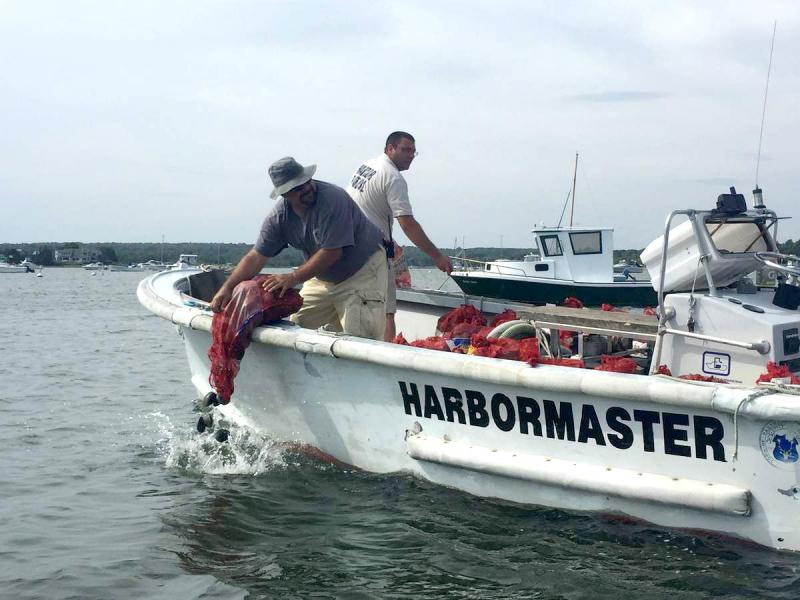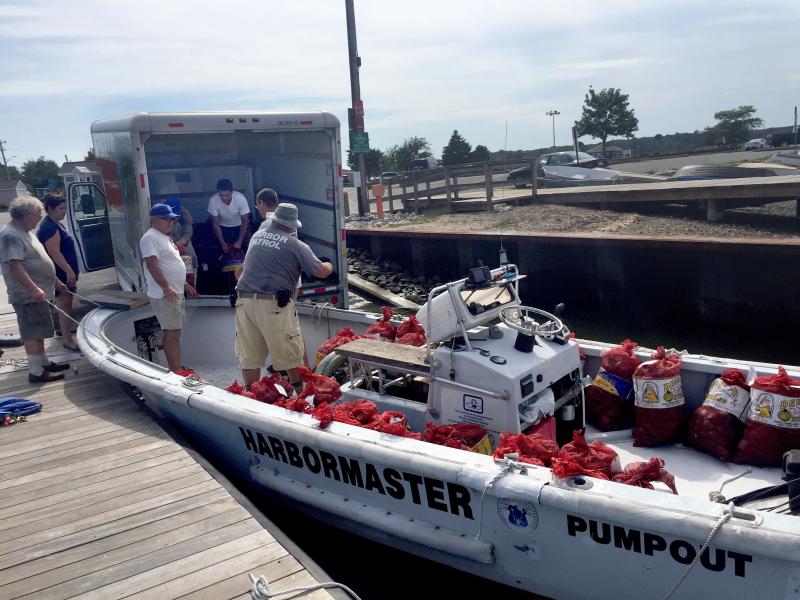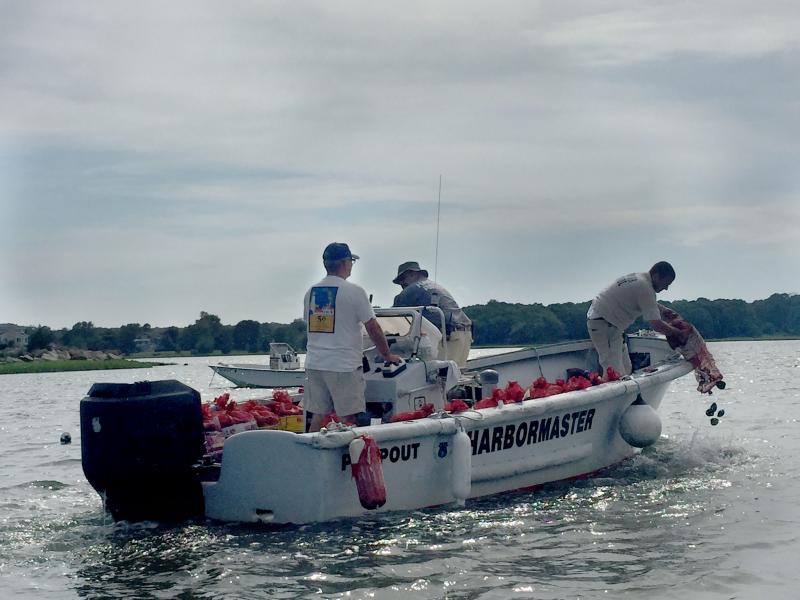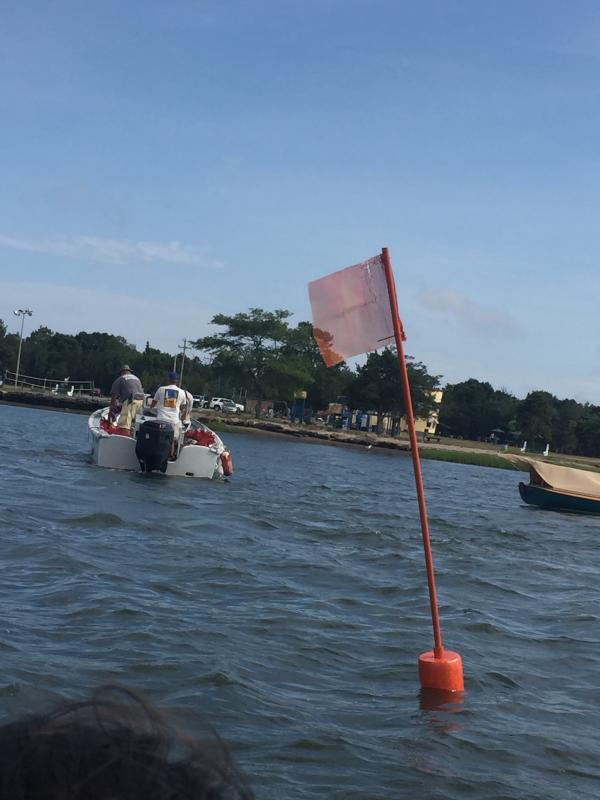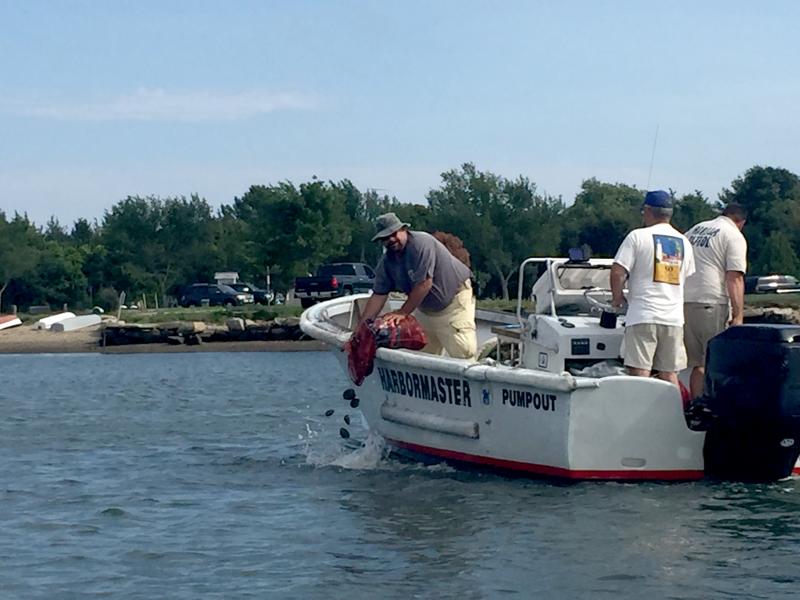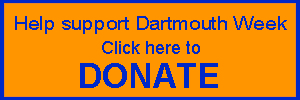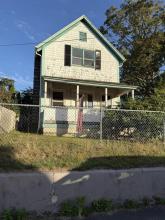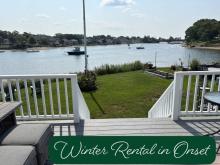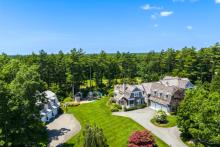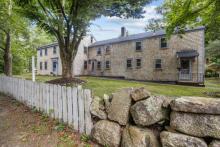Harbormaster to add 3,200 bushels of quahogs to Dartmouth waterways
Dartmouth Harbormaster Steve Melo loaded about 40 bushel of bagged quahogs from a U-Haul van onto his powerboat on July 25. That was only the first round of quahogs he was to plant that day—totalling 82 bushel, or 6,560 pounds—with the help of his team.
The project is the result of a grant awarded by the Bouchard Transportation Co., Inc. Trustee Council ("Trustee Council") to help Dartmouth restore its shellfish population following the Bouchard 120 oil spill in 2003. The Bouchard Barge 120 discharged about 98,000 gallons of oil into Buzzards Bay, affecting 90 miles of shoreline, according to the Massachusetts Energy and Environmental Affairs.
According to Melo’s grant application, the spill has “resulted in an almost immediate end to recreational shellfishing in Dartmouth.” Several hundred residents and about the same in non-residents bought shellfishing permits annually in the decade preceding the spill. “Less than 100 permits have been sought annually since then.”
Now, Melo will spend the next four years planting a total 3,200 bushel of quahog into Dartmouth waters. At 80 pounds per bushel, that equates to 128 tons of quahogs being planted through 2020. If the town had gotten a license and tried to do this project itself (without the grant), it would’ve cost $90,000, said Melo.
This year, Melo is planting the clams in a one-acre space between the Arthur F. Dias Landing pier and the gazebo in Apponagansett Park. However, the quahogs won’t be available for harvesting until November 2017.
The quahogs come from the eastern shore of the Taunton River in Swansea, a closed, contaminated site, said Melo. “They grow there. They thrive there, but they’re wasted,” said Melo.
So—a dredge boat, the Karin S., is fishing for the quahogs so they can be relocated. The quahogs naturally filter the water, and, in the right environment, can clean themselves of pollutants in 90 days.
“What they’re expelling isn’t going to be hazardous waste,” said Melo. They break down the pollutants into usable nutrients and flush out the rest of the contaminants in their digestive track with clean water, he said.
Following this period, the Division of Marine Fisheries will take a “meat sample” and confirm that the quahogs are safe to eat. However, this program requires the area be closed to shellfishing for a year so that the quahogs produce spats, or babies. Melo hopes for at least two rounds of reproduction between this year and next.
“They will be encouraged to reproduce in nice warm water once they’re healthy enough,” said Melo. “We need to trust Mother Nature,” he said, explaining only a percentage of the offspring will survive.
The north side of Apponagansett Bay (Upper Padanaram Harbor) is seasonally closed from June 1 to November 1 each year by the state Division of Marine Fisheries, said Melo. Come fall, other north side areas will be available for harvesting, but not that one-acre breeding ground, said Melo.
“This is an experiment—if you will—on delayed gratification,” said Melo. “However, the surrounding areas will also benefit because the babies move. They don’t stay where they’re born.”
The area will be marked with “No Shellfishing” signs on shore between the two landmarks, and an orange flag out on the water. Shellfishing in a closed zone is punishable by heavy fines and state prison, said Melo.
Melo said that he will work with Marine Fisheries to determine next year’s site, but as of now, is unsure where that will be.
On July 26, Melo and his team planted another 100 bushels. By the end of next week, they will have planted a total of 64,000 pounds, or 32 tons, of quahogs. After each planting, Melo recycles the one-bushel, orange onion bags by returning them to delivery man Ray Silva, who had to buy them for 50-cents each.



